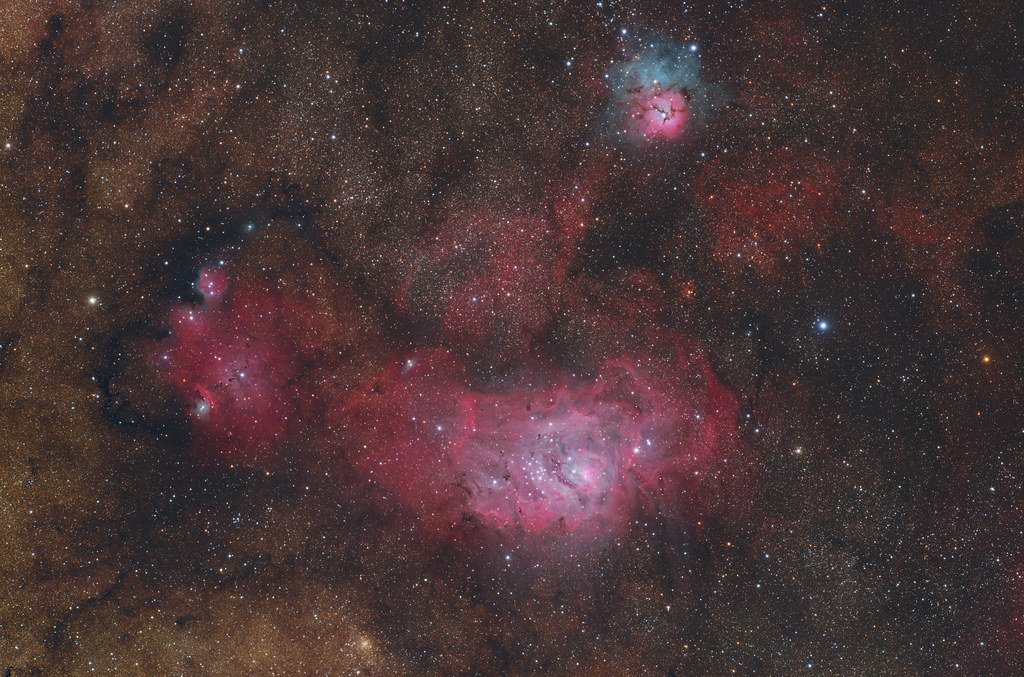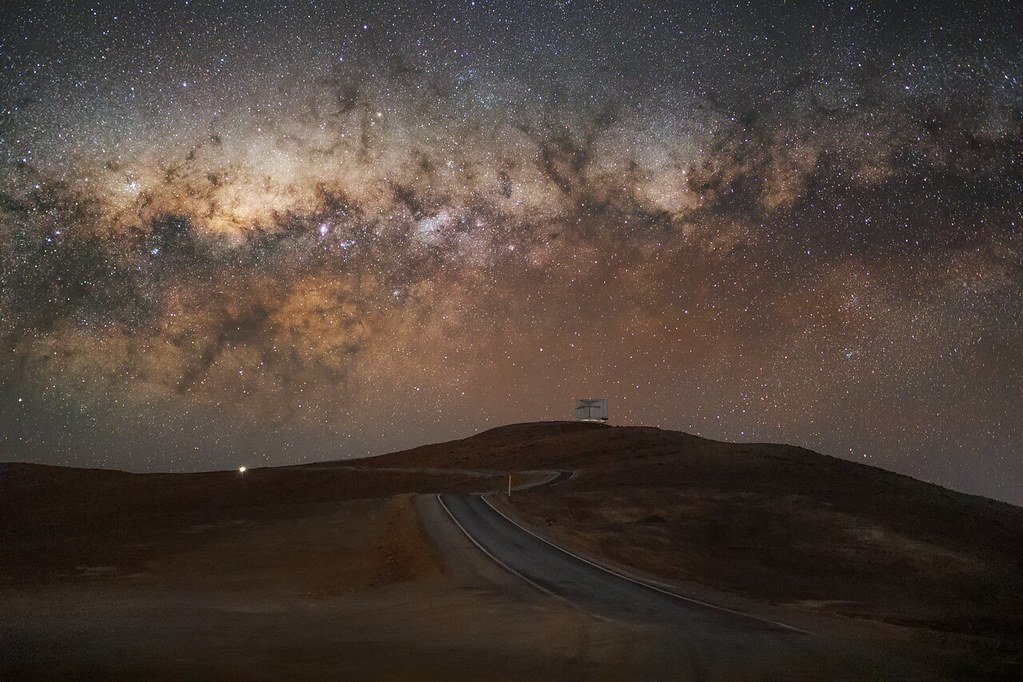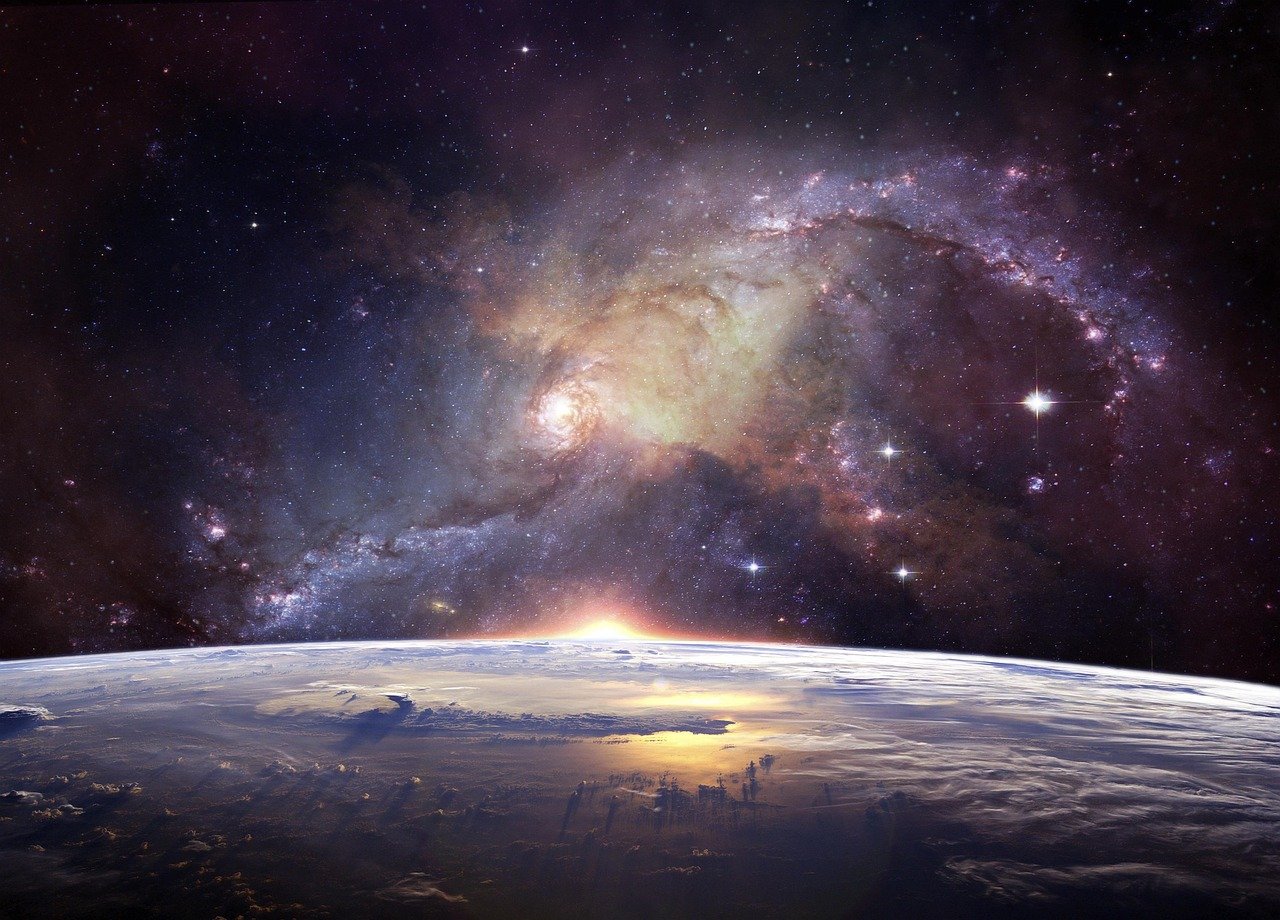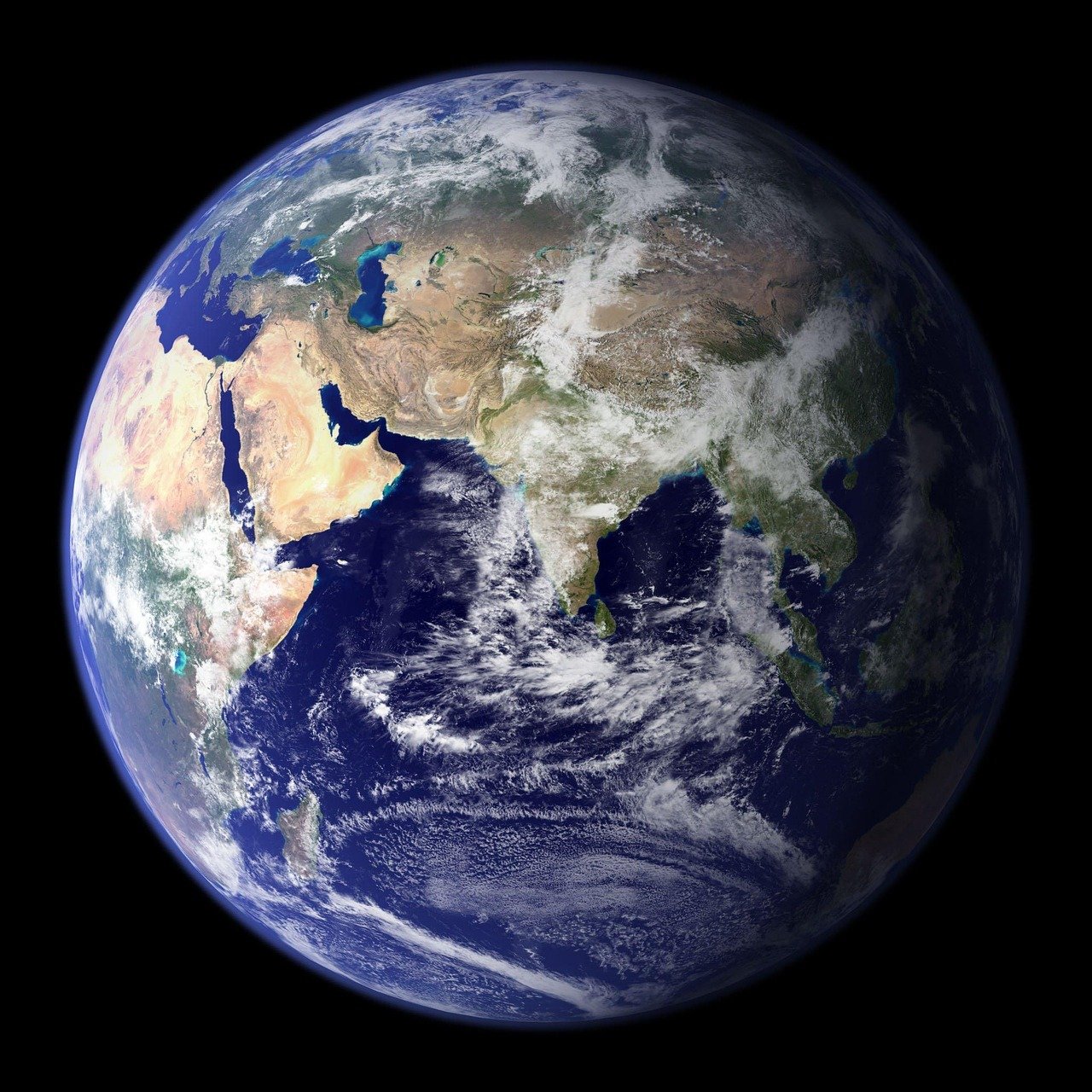The cosmos is mind-bogglingly vast, filled with mysteries that both thrill and terrify us. While we’re busy worrying about our daily problems, scientists are peering into the far future to predict how everything we know might come to an end. It’s a wild ride through possibilities that make the most imaginative sci-fi movies look tame. From cold, lonely endings to sudden catastrophic rips in reality itself, the universe has quite a few tricks up its sleeve for its grand finale.
The Big Freeze – When Everything Gets Impossibly Cold

The heat death of the universe (also known as the Big Freeze) is a scientific hypothesis regarding the ultimate fate of the universe which posits the universe will evolve to a state of no thermodynamic free energy and reach thermodynamic equilibrium. Think of it like a giant cup of coffee that keeps getting colder until it matches room temperature perfectly.
The scientific term for this fate is “heat death.” All star formation will cease, ending the Stelliferous Era roughly 100 trillion years from now, with the universe expanding so much that no distant galaxies will be visible from our own Milky Way. It’s basically the universe running out of steam, like a party where everyone’s energy slowly drains until nobody can dance anymore.
The Big Crunch – Everything Gets Squashed Together

The Big Crunch hypothesis is a symmetric view of the ultimate fate of the universe that assumes the average density of the universe will be enough to stop its expansion and the universe will begin contracting. Picture a giant cosmic accordion that suddenly starts playing in reverse.
As the universe collapses in on itself, it would get filled with radiation from stars and high-energy particles; in the final moments, the universe would be one large fireball with a near-infinite temperature, and at the absolute end, neither time, nor space would remain. It’s like everything in existence getting stuffed into a pressure cooker that keeps getting smaller and hotter until reality itself gives up.
The Big Rip – When Dark Energy Goes Crazy

If the universe carries on expanding at an ever-increasing rate, it might expand so fast that gravity can’t hold anything together anymore. The Big Rip will occur and everything from galaxies to atoms will be ripped apart, with all that’s left being single particles travelling through seemingly empty, timeless space.
This theory suggests that dark energy’s repulsive force grows stronger over time and can overpower all other forces. Eventually, the gravitational forces that bind galaxies, stars, planets, and atoms together may succumb to the overpowering influence of dark energy, causing matter to break down into its basic components and leading to the tearing apart of spacetime itself. Imagine the universe as a piece of fabric that someone keeps stretching until it tears apart completely.
False Vacuum Decay – The Ultimate Reality Reset

In quantum field theory, a false vacuum is a hypothetical vacuum state that is locally stable but does not occupy the most stable possible ground state and may eventually decay to the more stable one, an event known as false vacuum decay. Think of it like living in a house built on quicksand – everything seems fine until the ground suddenly gives way.
The most common suggestion of how such a decay might happen in our universe is called bubble nucleation – if a small region of the universe by chance reached a more stable vacuum, this “bubble” would spread. If you create a high enough energy event, you can push a tiny region of the universe from the false vacuum into the true vacuum, creating a bubble of true vacuum that will then expand in all directions at the speed of light. Such a bubble would be lethal. It’s the ultimate cosmic game over – you wouldn’t even see it coming.
The Cyclic Universe – An Endless Cosmic Merry-Go-Round

If the Big Crunch happens repeatedly, it creates a cyclic model, which is also known as an oscillatory universe. The universe could then consist of an infinite sequence of finite universes, with each finite universe ending with a Big Crunch that is also the Big Bang of the next universe.
This cycle would repeat indefinitely, creating a cosmos with no ultimate beginning or end, just endless cycles of renewal. Imagine the universe as a cosmic yo-yo that keeps bouncing back and forth between expansion and contraction. A problem with the cyclic universe is that it does not reconcile with the second law of thermodynamics, as entropy would build up from oscillation to oscillation. Even eternal parties have to deal with the cleanup eventually.
The Long Freeze – A Different Kind of Cold Death

In this scenario, as dark energy dissipated across the universe, so too would dark matter, and the universe would eventually grind to halt. This is the “long freeze” – a period of time during which the universe’s expansion would have completely stopped, and the lack of any new energy sources would cause existing stars to slowly wink out of existence.
The “long freeze” is distinct from another cosmological end state known as the “big freeze,” which crucially continues to expand, whereas the “long freeze” takes a finite shape after it stops expanding. It’s like the difference between a balloon that keeps getting bigger until it pops versus one that just stops growing and slowly deflates in place.
Quantum Tunneling to a New Universe

It has been hypothesized that, over vast periods of time, a spontaneous entropy decrease could eventually occur via the Poincaré recurrence theorem, thermal fluctuations, and fluctuation theorem. Through this, another Big Bang could possibly create a new universe similar to the current one by quantum fluctuations and quantum tunneling.
The universe could possibly avoid an eternal heat death through random quantum tunneling and quantum fluctuations, given the non-zero probability of producing a new Big Bang creating a new universe in roughly 10^10^56 years. This is like cosmic CPR – just when you think everything is dead, quantum mechanics might jump-start reality again. The numbers involved are so huge they’re practically meaningless to human minds, but hey, it’s theoretically possible.
Conclusion

The universe has quite a collection of possible endings, from the slow fade of the Big Freeze to the violent destruction of false vacuum decay. The sheer scale of cosmic endgame scenarios serve as a reminder of how small and transient our individual problems are in the grand scheme of things. Immersing ourselves in the fate of the universe gives us perspective, allowing us to step back from the noise of life and reflect on our small place in the cosmos.
What’s fascinating is that each scenario tells us something different about the fundamental nature of reality itself. Whether we face a cold, lonely end or a spectacular cosmic reset, these possibilities remind us that the universe is far stranger and more dynamic than we could ever imagine. So the next time you’re stressed about something, remember: the universe has much bigger problems to worry about than your Monday morning meeting.



